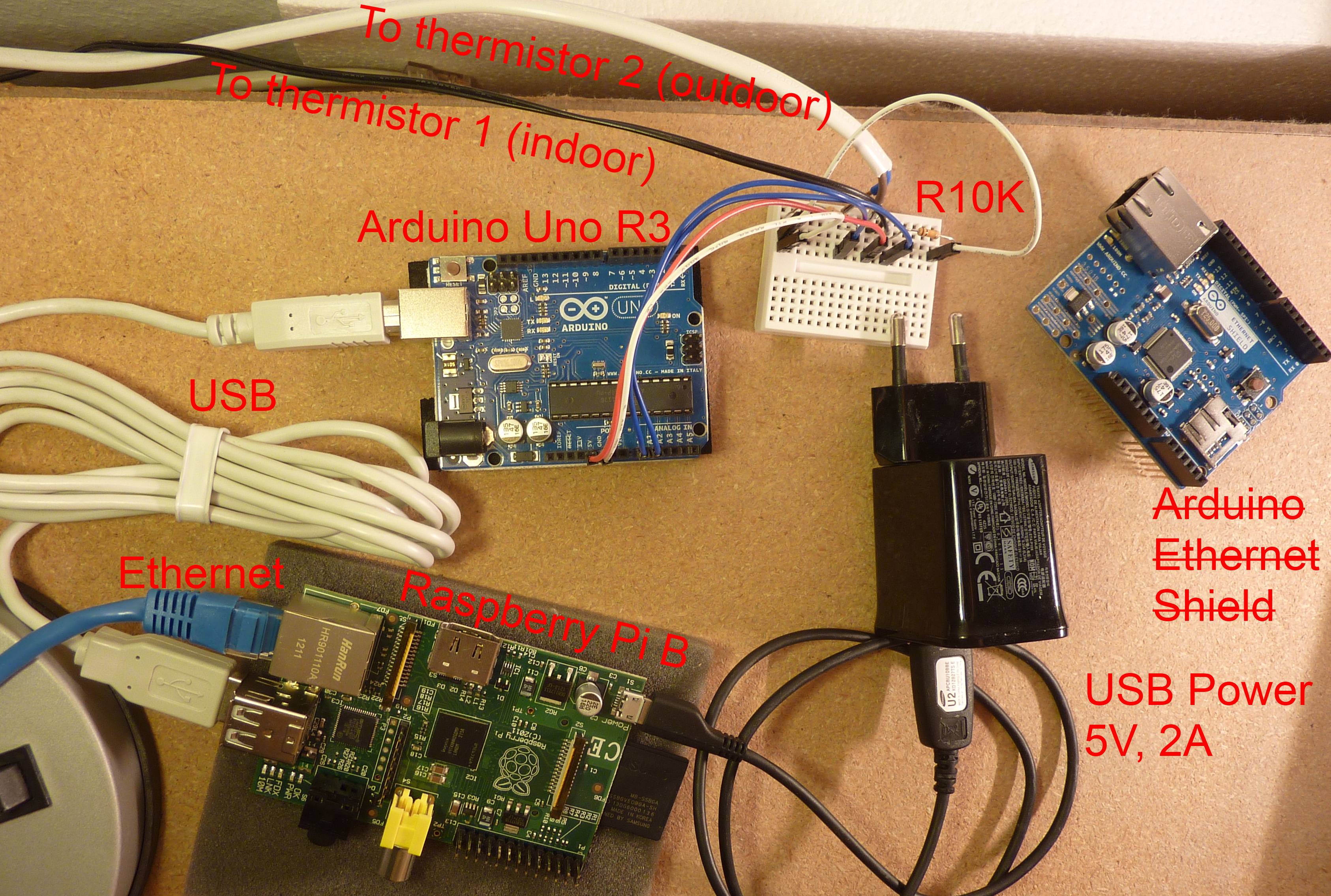In today's interconnected world, securely connecting remote IoT devices through a Virtual Private Cloud (VPC) using Raspberry Pi has become a necessity for businesses and tech enthusiasts alike. The ability to manage and monitor IoT devices remotely while ensuring robust security measures is crucial. Moreover, the option to download Windows for free on Raspberry Pi adds an extra layer of flexibility for users.
As the Internet of Things (IoT) continues to expand, the demand for secure and efficient solutions to manage these devices grows exponentially. Whether you're a small business owner or an individual with multiple IoT devices at home, understanding how to securely connect them via a VPC can significantly enhance your network's security and performance.
This comprehensive guide delves into the process of setting up a secure connection for remote IoT devices using a Raspberry Pi and a VPC. We'll also explore how you can download Windows for free, making this setup even more accessible and cost-effective. By the end of this article, you'll have a thorough understanding of the entire process and be equipped with the knowledge to implement it effectively.
Read also:Avicii Net Worth 2023 A Legacy Of Music And Wealth
Table of Contents
Introduction to IoT and VPC
The Internet of Things (IoT) refers to the network of physical devices embedded with sensors, software, and connectivity, enabling them to exchange data. With billions of devices connected globally, ensuring their security is paramount. A Virtual Private Cloud (VPC) provides a secure and isolated environment for these devices, protecting them from unauthorized access and cyber threats.
By leveraging a VPC, you can create a private network within a public cloud, offering enhanced security and control over your IoT devices. This setup allows you to manage and monitor your devices remotely while maintaining a high level of security.
Raspberry Pi Overview
Raspberry Pi is a compact and affordable single-board computer that has gained immense popularity among developers and hobbyists. Its versatility makes it ideal for various projects, including setting up secure IoT connections. With its ability to run multiple operating systems, including Windows, Raspberry Pi offers flexibility and scalability for users.
Benefits of Securely Connecting IoT Devices
Securing your IoT devices through a VPC offers numerous advantages:
- Enhanced Security: Protect your devices from unauthorized access and cyber threats.
- Remote Management: Easily manage and monitor your devices from anywhere in the world.
- Improved Performance: Ensure optimal performance by minimizing latency and bandwidth issues.
- Cost Efficiency: Utilize cost-effective solutions like Raspberry Pi to set up your secure IoT network.
The VPC Setup Process
Step 1: Choose a Cloud Provider
Selecting the right cloud provider is crucial for setting up your VPC. Popular options include Amazon Web Services (AWS), Microsoft Azure, and Google Cloud Platform. Each provider offers unique features and pricing models, so it's essential to choose one that aligns with your specific needs and budget.
Step 2: Configure the VPC
Once you've chosen a cloud provider, the next step is to configure your VPC. This involves setting up subnets, security groups, and access controls to ensure your IoT devices are securely connected. Refer to the cloud provider's documentation for detailed instructions on configuring your VPC.
Read also:What Happened To Amy Adams Weight A Deep Dive Into Her Transformation Journey
Raspberry Pi Configuration
Configuring your Raspberry Pi for secure IoT connections involves several steps:
- Install the necessary operating system on your Raspberry Pi.
- Set up a secure SSH connection to manage your device remotely.
- Install and configure any required software for your IoT project.
By following these steps, you can ensure your Raspberry Pi is properly configured to connect securely to your VPC.
Download Windows Free for Raspberry Pi
Microsoft offers a free version of Windows 10 IoT Core for Raspberry Pi, making it an attractive option for users looking to leverage the power of Windows on their IoT projects. To download Windows for free, visit the official Microsoft website and follow the instructions provided.
Keep in mind that while the software itself is free, you may need to purchase additional licenses or services depending on your project's requirements.
Security Best Practices
To ensure the security of your IoT devices, follow these best practices:
- Use strong and unique passwords for all devices and accounts.
- Regularly update your software and firmware to protect against vulnerabilities.
- Implement multi-factor authentication for added security.
- Monitor your network for suspicious activity and address any issues promptly.
Troubleshooting Tips
Encountering issues during the setup process is common. Here are some troubleshooting tips to help you resolve common problems:
- Check your network settings to ensure proper connectivity.
- Review your VPC configuration for any errors or misconfigurations.
- Consult the documentation provided by your cloud provider for guidance.
- Seek assistance from online forums or support communities if needed.
Cost Considerations
While Raspberry Pi and free software options like Windows 10 IoT Core can help reduce costs, there are still expenses to consider:
- Hardware costs for Raspberry Pi and any additional components.
- Cloud service fees depending on your chosen provider and usage.
- Potential licensing fees for advanced software features.
By carefully evaluating these costs, you can create a budget that fits your project's requirements.
Conclusion and Next Steps
Securing your IoT devices through a VPC using Raspberry Pi is a powerful solution that combines security, flexibility, and cost-effectiveness. By following the steps outlined in this guide, you can successfully set up a secure connection for your remote IoT devices. Additionally, downloading Windows for free on Raspberry Pi adds another layer of versatility to your setup.
We encourage you to take the next step by implementing what you've learned. Share your experiences and insights in the comments below, and don't forget to explore other articles on our site for more valuable information. Together, let's build a safer and more connected world!
Data Source: Microsoft IoT Core Documentation, AWS VPC Documentation, Raspberry Pi Official Documentation

